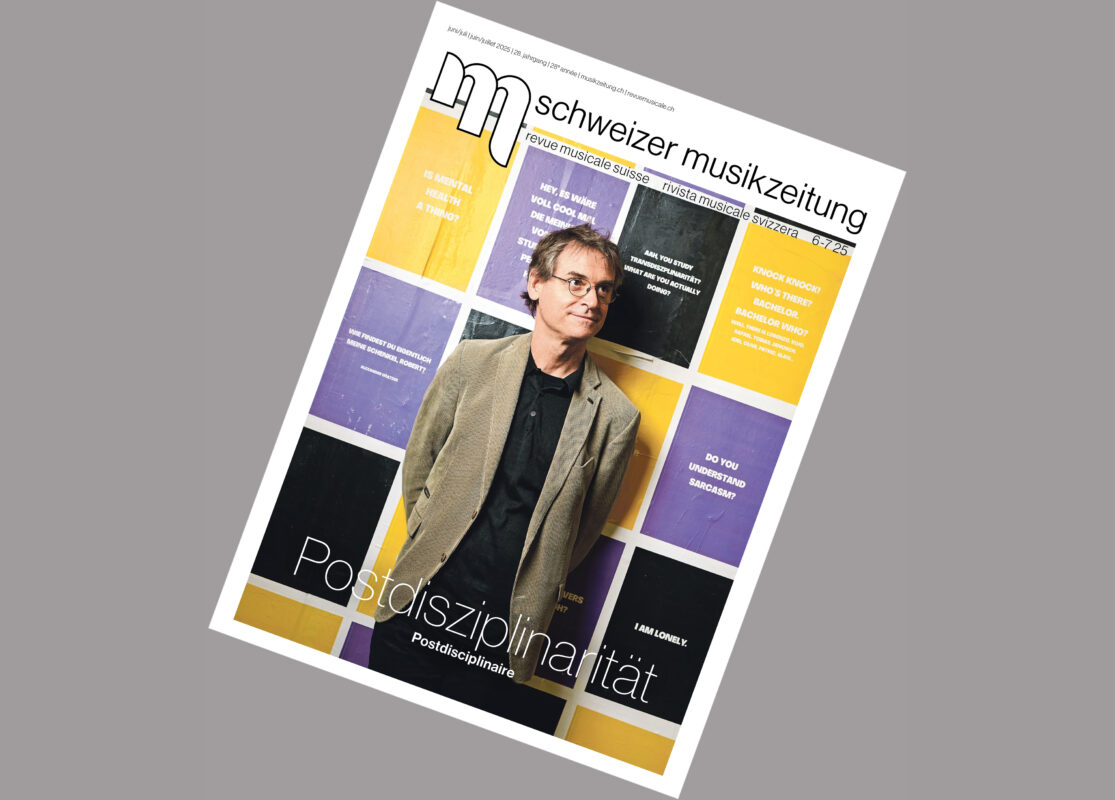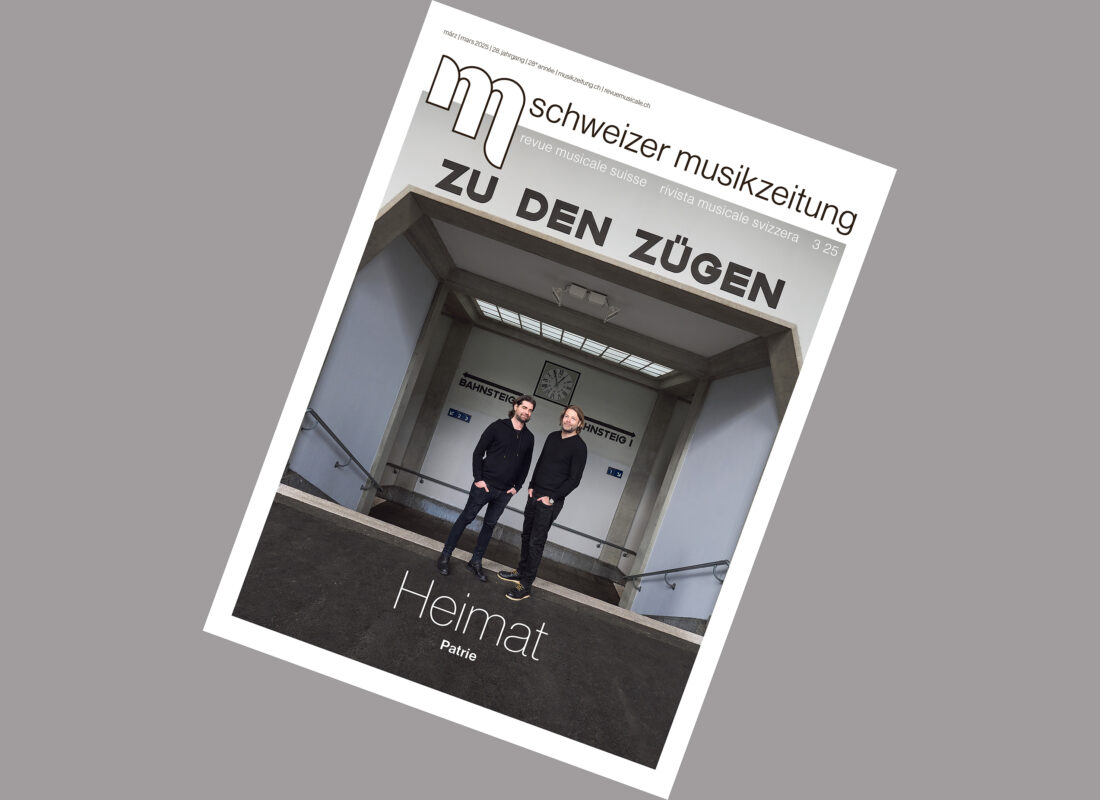Tower carillons in Switzerland
The organ is often regarded as the largest and heaviest instrument, but the tower carillon, which can comprise more than 40 bells, is often forgotten. There are six such instruments in Switzerland. On considère souvent l'orgue comme étant le plus grand et le plus lourd des instruments. C'est oublier le carillon, qui peut regrouper plus de quarante cloches. There are six of these instruments in Switzerland.


The organ is often regarded as the largest and heaviest instrument, but the tower carillon, which can comprise more than 40 bells, is often forgotten. There are six such instruments in Switzerland.
The organ is often considered to be the largest and longest of the instruments. That's without mentioning the carillon, which can contain more than quarante cloches. There are six of these instruments in Switzerland.
-
- Daniel Thomas plays on the carillon of the Saint Jean-Baptiste church in Taninges/Haute-Savoie Daniel Thomas au Carillon de l'église Saint Jean-Baptiste à Taninges en Haute-Savoie
The French word, partly also used in German carillon for glockenspiel goes back to the Vulgar Latin quadrinio or the Latin quaternio the name for a group of four. The first mechanical carillons in the Middle Ages consisted of four bells. To this day, there is a whole range of small chimes in Switzerland with four, five or six bells. They are played with the help of chains or ropes attached to the clapper. Some also have simple keyboards with large wooden keys or sticks. They are operated by the carillonneur in a standing position and hardly allow any differentiated playing. Such chimes can be found in Bourg-Saint-Pierre (VS), Salvan (VS), Gruyères (FR) and Bulle ((FR). In Ticino, for example in Muralto and Bellinzona, there are also models with metal keyboards. However, it is only on larger instruments that a nuanced and complex performance can unfold, almost like on a piano or organ.
The World Carillon Federation (WCF) defines a carillon as an instrument made of tuned bronze bells that are played on a keyboard made of sticks. Only carillons with at least 23 bells are eligible. There are six such instruments in Switzerland, five of them in French-speaking Switzerland (see box). They span three to four octaves (35 to 49 bells, the heaviest of which can weigh several tons). The art of carillon playing developed several hundred years ago in Flanders (Holland, Belgium, northern France). Even today, this is where most of the installations and the most famous players can be found.

- Bells and clappers of the Carillon de Chantemerle
The bells are cast from bronze and are harmonically tuned to each other, so that chordal playing is possible. They are played using the keyboard and pedal. The large wooden keys or sticks are connected to the clappers via a mechanism that enables an easily responsive, musical touch. There is no damping system; once struck, the bell swings freely.
Development in Switzerland
In Switzerland, the first carillon was installed in the church of Carouge in 1926. It has 28 bells and a keyboard made of large wooden keys, so it does not correspond to the usual carillon, which has sticks. However, this type of construction was common at the beginning of the 20th century and was then abandoned almost everywhere except in Geneva. The city's cathedral was equipped with a 16-bell mechanism in 1931, which was increased to 20 bells in 1986 and 37 in 2011.
In 1953, the parish priest of Pully, Marc Vernet, who had previously been a carillonneur in Belgium, brought the Flemish style of carillon with sticks to Switzerland: it was on his initiative that the Carillon de Chantemerle was built. In 1985, the Zofingia Society donated a carillon with 16 bells to the church in Zofingen, which was extended to 24 in 1995.
With 36 new bells (the old ones were deemed inferior and sold) from Rüetschi, Carouge became the first carillon to go over three octaves in 2001. Since then, concerts have been held every Saturday on (or rather above) the market square. This was followed in 2004 by the first four-octave carillon in the abbey church of Saint-Maurice in Valais. And 24 additional bells are currently being cast for the Chantemerle carillon in Pully. There will therefore soon be a second four-octave instrument in Switzerland, which will allow the performance of large repertoire pieces as well as works for two carillonneurs (four hands and four feet).

- New console of the Carillon de Chantemerle.
- Photo: G. Bodden
Carillonneurs: training and repertoire
The carillonneur needs a special instrument for practicing, as he only wants to expose the surroundings to mature pieces. In these practice carillons, a soft sound is produced with metal slats, tubular bells or recorded bell tones. There is no school for carillonneurs in Switzerland. Professional training leading to a diploma must be completed in Holland (Nederlandse Beiaardschool in Amersfoort and Carillon Instituut Nederland in Dordrecht) or Belgium (Ecole Royale de Carillon in Mechelen).
The repertoire consists mainly of original compositions and transcriptions of classical works. Most of the pieces are written for standard instruments of four octaves. In Flanders, such pieces have been written since the 18th century, so the repertoire is broad. The carillonneurs also often improvise on well-known melodies, as is customary in the carillon's region of origin, especially at market times when there are many people in the streets.
There are still too few large instruments in Switzerland to make a full-time job as a carillonneur possible. This would require one player to be responsible for three to four instruments and their respective settings. The job is therefore usually combined with an organist or pianist position.
The great carillons of Switzerland
Geneva
- Carouge, Sainte-Croix church, 36 bells (f#1, g#1-f#4; 1 Aubry XVII, 1 Piton 1789, 1 Kervand 1839, 33 Rüetschi 2001), players: Constant Deschenaux, Andreas Friedrich and Yves Roure
- Geneva, Saint-Pierre Cathedral, 37 bells (e1, a1, b1-a4; 1 Fribor vers 1460, 16 Paccard/Rüetschi 1931, 1 Rüetschi 1991, 19 Paccard 2011), player: Vincent Thévenaz
Vaud
- Pully, church De la Rosiaz, carillon de Chantemerle, 24 bells (48 from 2014; a1, b1-a3; 19 Eijsbouts 1953, 5 Perner 2011, 24 Simon Laudy 2013); players: Daniel Thomas and Jean-Francois Cavin.
Wallis
- Lens, Saint-Pierre-aux-Liens church, 24 bells (c1, f1, g1, a1-f3; 2 Rüetschi 1958, 21 Rüetschi 1967, 1 Rüetschi 1995). Player: Jean-Daniel Emery
- Saint-Maurice, Abbey, 49 bells (g sharp, c sharp1, d sharp1-c sharp5; 2 Dreffet 1818, 1 Rüetschi 1947, 1 Paccard 1998, 45 Eijsbouts 2003); player: Francois Roten
Aargau
- Zofingen, Stiftsturm, 25 bells (c2-c4; Rüetschi 1983/1985/1989/1996/1997/2005); players: Andreas Friedrich and Karl Kipfer
Daniel Thomas
... is a carillonneur at the Carilon de Chantemerle in Pully and a board member of the Guild of Carillonneurs and Campanologists of Switzerland GCCS, which also publishes the association's organ. Campanæ helveticæ publishes. www.campanae.ch
Literature:
Glocken - Lebendige Klangzeugen / Des témoins vivants et sonnants. Confédération Suisse, Office fédéral de la Culture, 2008. Review in the SMZ 12/2010








